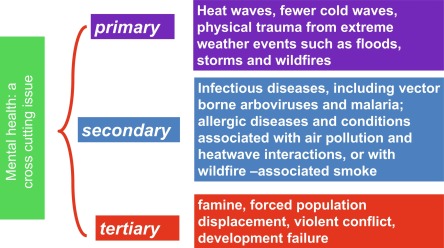Smart City Assessment, A Novel Framework for Development and Evaluation of Smart Cities, 2024, Pages 135-184
This chapter aligns with SDG Goals 7, 11, and 13 by discussing the challenges and opportunities in integrating renewable energy, ensuring infrastructure resilience, addressing data privacy, and bridging the digital divide.
Environmental Health Behavior: Concepts, Determinants, and Impacts, Volume , 1 January 2024
Environmental Health Behavior: Concepts, Determinants, and Impacts, Volume , 1 January 2024
Renewable and Clean Energy Systems Based on Advanced Nanomaterials: Basis, Preparation, and Applications, Volume , 1 January 2024
Handbook of Nanomaterials: Electronics, Information Technology, Energy, Transportation, and Consumer Products: Volume 1, Volume 1, 1 January 2024
Additive Manufacturing Materials and Technologies, 3D Printing in Biotechnology, Elsevier, 2024, Pages 181-190
This chapter aligns with SDG Goal 3: Good Health and Well Being by discussing the environmental, economic, and social sustainability potential of 3D printing in biotechnology to provide a comprehensive understanding of this novel technology.

